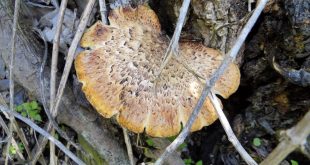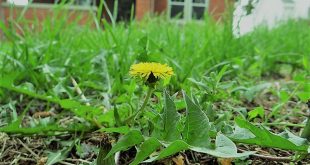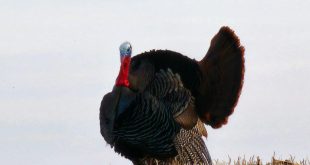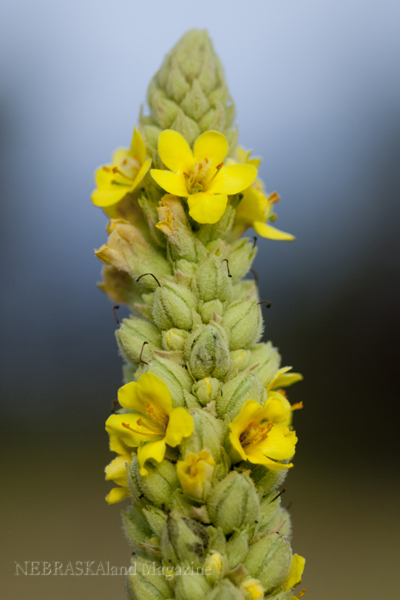
I’ll admit, I’ve never figured myself to be much of a flower guy. Prior to this year, my nature photography has gravitated toward wildlife. I’m guilty of zooming past countless beautiful plants and flowers to fill the frame with whatever bird, mammal, reptile or other critter catches my eye. I’ve rarely stopped to shoot, let alone smell and identify, the roses.
That’s changed. As nature photography, in a more broad sense, has become a big part of my job description, I’ve developed a new appreciation for the countless pretties of the plant world. And I’ve picked a good year to do it.
The earthen browns and greens of our landscape have been beautifully accented with a variety of bright colors in bloom from early spring into fall. It’s been a great year for a wide range of flowers, but the most obvious of the bunch has been the common sunflower. The Panhandle and Sandhills have been practically aglow with the cheery flowers scientifically named Helianthus – Helia for sun, Anthus for flower. In many places, entire hillsides became adorned in vast yellow.
Shelley Steffl of Chadron, a Game and Parks Commission biologist, said the flowers were especially plentiful in our neck of the woods this summer because of timely moisture and decreased competition from the grasses and sedges that dominate the landscape. Drought, and even wildfire, in recent years left a lot of bare soil throughout the region. With this year’s moisture, seeds from wildflowers and other forbs sprouted and flourished in places that would have been too dense in other years. She notes that she’s seen varieties of wildflowers this year that she’s never seen before.
Sunflowers have become especially helpful to my photography, perhaps to the point of becoming a crutch. Whenever I was looking for an interesting foreground element to dress up the background for a landscape photo this summer, a sunflower seemed to be clamoring for attention – “choose me, choose me.”


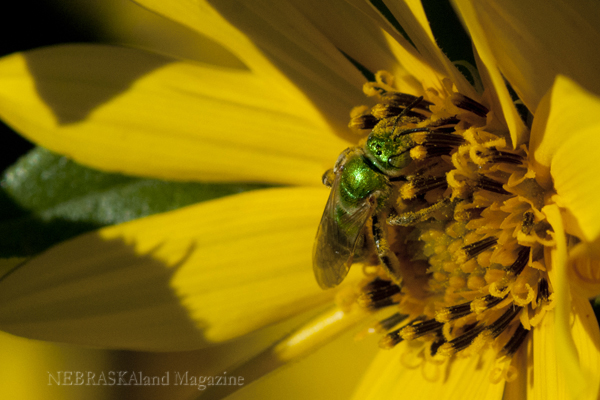
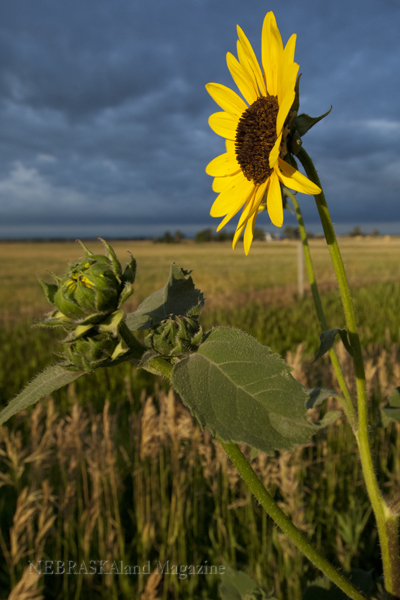
I’m trying to get better at identifying the other wildflowers that adorn the landscape. Frequently, I’ve stumbled upon a flower, shot a few photos of it, and returned to the office to seek identification from my more botanically-minded friends and coworkers. They are always helpful and eager to share their knowledge with a rookie, even if it’s an obvious species or my photos are shot at a focal length and angle that makes identification too much of a challenge.
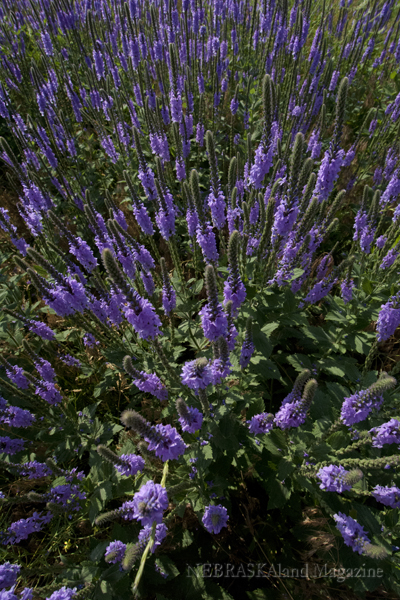
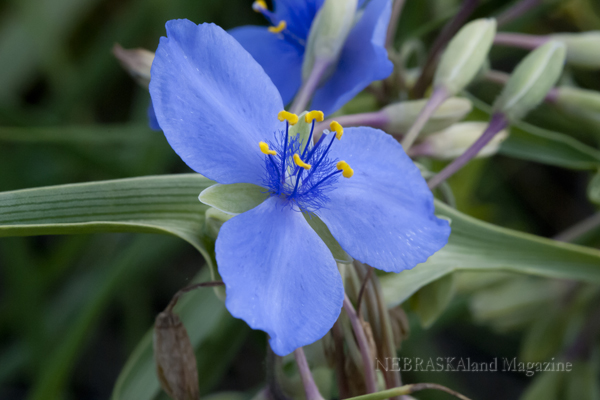


I can’t leave this blog post without a plug for the “Field Guide to Wildflowers of Nebraska and the Great Plains,” informatively written and beautifully photographed by longtime NEBRASKAland staffer Jon Farrar. I’ve only had the book a few weeks, but it has already become my primary go-to source for wildflower identification.
Regardless of the breadth of your plant identification skills, I encourage you to enjoy what’s left of our diverse wildflower population for the season. With the first freeze on the horizon, it’s wise to stop and smell the roses, both literally and figuratively.
 Nebraskaland Magazine
Nebraskaland Magazine
